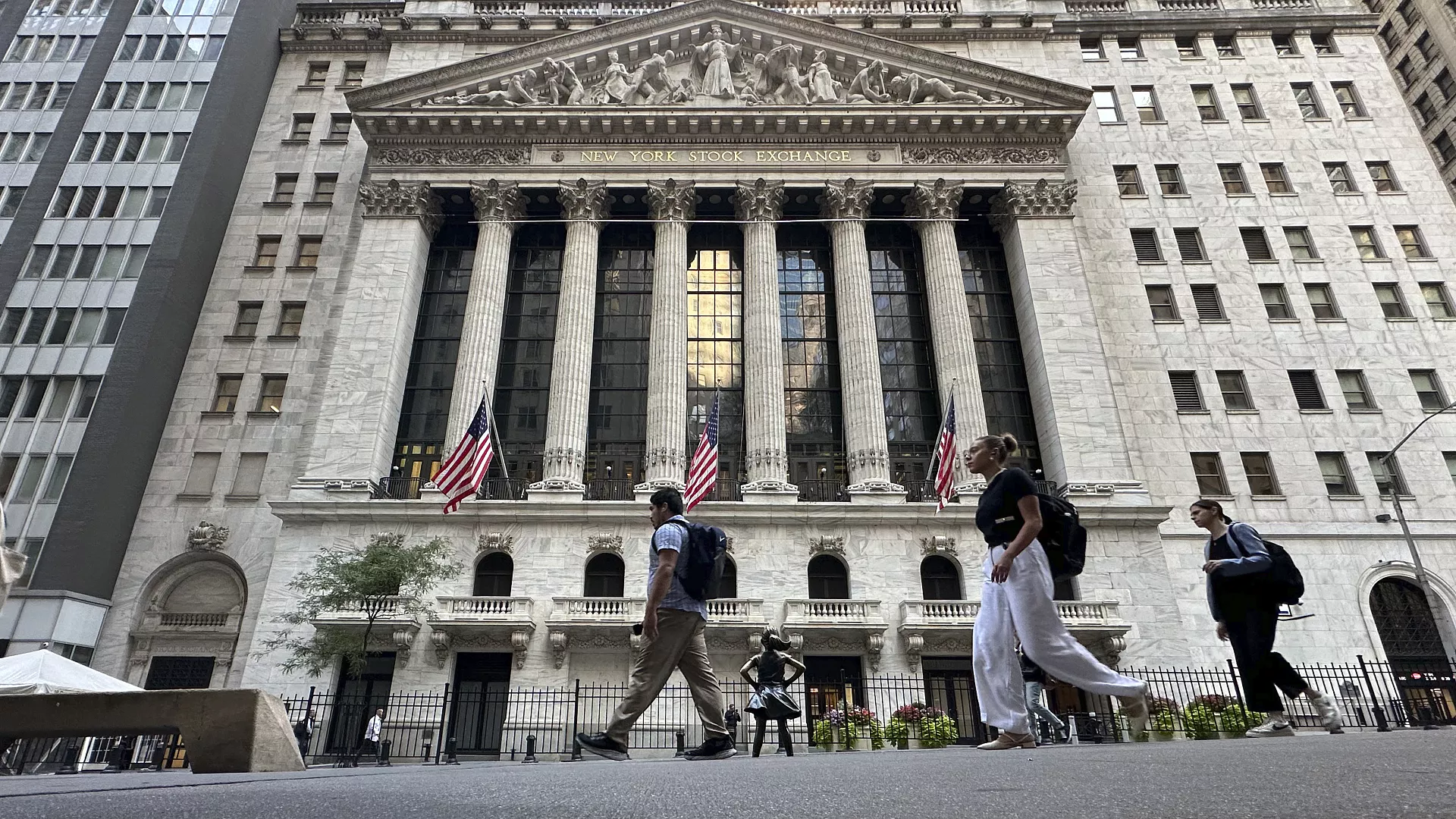Asian benchmarks slipped on Wednesday after a mixed close on Wall Street, where traders monitored the potential market impact from the overnight US presidential debate between Vice President Kamala Harris and former President Donald Trump.
The debate coincided with uncertainty in the financial markets, causing fluctuations in currencies and stocks. The US dollar, which has shown strength when Trump’s policies, such as tariffs, gain traction, weakened slightly in currency trading. The dollar dropped to 141.72 yen from 142.41 yen, while the euro edged higher to $1.1036 from $1.1023.
Asian Market Performance:
In Asia-Pacific trading, Japan’s benchmark Nikkei 225 lost 0.8% to close at 35,867.33, while Australia’s S&P/ASX 200 dropped 0.3% to 7,989.90. Hong Kong’s Hang Seng index took a significant hit, falling 1.5% to 16,984.02, while the Shanghai Composite Index declined by 0.8%, settling at 2,719.73. South Korea’s Kospi slipped 0.2% to 2,517.44 as unemployment data revealed the nation’s seasonally adjusted jobless rate dipped to 2.4% in August 2024, the lowest in a year.
Wall Street Struggles for Direction:
In the US, the S&P 500 gained 0.4%, recovering from earlier losses and closing within 3% of its July record. The Nasdaq composite added 0.8%, thanks to strong performances in the technology sector. However, the Dow Jones Industrial Average dropped 92 points, or 0.2%, dragged down by concerns in the banking sector, following pessimistic remarks from industry leaders.
The S&P 500 ended the day at 5,495.52, while the Dow closed at 40,736.96. The tech-heavy Nasdaq reached 17,025.88. Treasury yields also eased, with the yield on the 10-year note falling to 3.64% from 3.70%, as the market anticipates the Federal Reserve’s next move on interest rates.
Focus Shifts to Federal Reserve’s Rate Cut:
Attention is turning to the Federal Reserve’s meeting next week, where the central bank is expected to cut interest rates for the first time since the COVID-19 pandemic in 2020. The Fed has shifted its focus from curbing high inflation to supporting the economy, but the size of the expected rate cuts remains a key question on Wall Street.
Reports due later this week on US inflation could play a crucial role in the Fed’s decision. Analysts are projecting a 2.6% rise in consumer prices for August compared to last year, a slowdown from the 2.9% rate in July. A reacceleration in inflation amid a weakening job market would complicate the Fed’s ability to balance its policy moves.
Energy Markets:
In energy trading, US crude prices rose by 46 cents to $66.21 per barrel, while Brent crude, the international benchmark, gained 43 cents to reach $69.62 a barrel. Brent crude has been hovering near its lowest price levels since 2021.



